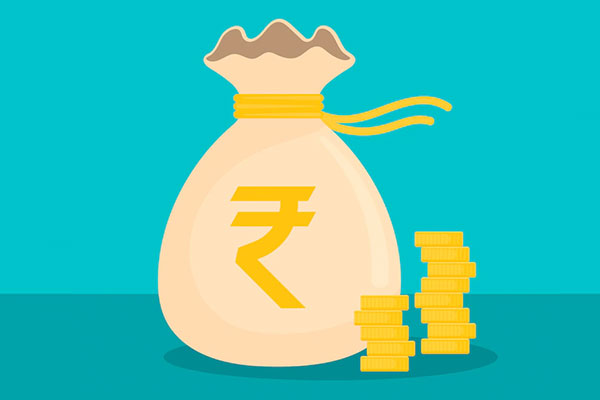How does a bank calculate interest on your FD?

While investing your money, the most crucial part is calculating the returns on your investment. It is required to plan your investments going forward. Before we move on, you should know what a fixed deposit is. Banks and NBFCs offer investment instruments like an FD where you can multiply your investment rather than keeping it in the savings account. Fixed deposits have tenure ranging from 6 months to 10 years. Investors can choose the type of fixed deposits they want and earn interest income on their invested capital.
Fixed deposit investments have a lock-in period. Investors can access the amount at the end of maturity. In between, they cannot withdraw the money without paying charges for premature withdrawal. Fixed deposits are liquid investments. They offer stability irrespective of market conditions and can be reinvested after maturity. You should have a basic idea of the two types of fixed deposits: cumulative and non-cumulative. A cumulative fixed deposit has a specific lock-in period. You would get the total amount on maturity. This amount can be reinvested. In a non-cumulative FD, the interest is regularly paid out. The bank does not withhold the interest. Through RBL Bank’s FD calculator, you can easily select the type of fixed deposits along with the applicable interest rates.
Calculation using an FD interest Calculator:
There are two methods for calculating interest on a fixed deposit: Simple Interest and Compound Interest. A bank may use both methods depending on the tenure and amount of the deposit. How do they differ? The principal amount is the only amount on which interest is earned when simple interest is applied. A compound interest calculation is one in which the interest is earned both on the principal and on the interest as well.
Simple Interest
It is an easy method. The principal, rate of interest, and time period are multiplied together to calculate it. To calculate the variables for a fixed deposit, you should know the formula and what the terms P, R, and T stand for.
Where,
P = Principal amount; R = Rate of interest per annum; T= No. of periods (in years)
SIMPLE INTEREST (SI) is calculated as “principal x rate of interest x time period divided by 100” (P x R x T/100).
Example
Now if you invest Rs.10,000 at 7% p.a. for 5 years, you can calculate the interest like this.
Step 1: 10,000 x 7 x 5 = Rs.3,50,000
Step 2: Now divide that by 100. You get Rs.3,500.
So, the interest you earn for 5 years is Rs.3,500.
Therefore, if you invest Rs.10,000 in a fixed deposit with 7% p.a. simple interest, you will get back Rs.13,500 at the end of 5 years.
Compound Interest:
The compound interest provides an interest rate on the principal and the accrued amount is increased by the application of the interest on it. It yields more than simple interest. For example, if you are investing Rs. 10,000 for 12 months at 7.05%, the amount with interest after 12 months would be Rs. 10,705.
So, the basic calculation stands (10,000*7.05*1)/100. Hence, the maturity amount will be Rs. 10,705.
If the money is reinvested for another year, the interest rate will be added to Rs. 10,705. For one year, the interest will go up to Rs. 755. Hence, the total amount will be Rs. 11,460. It is how the money will be compounded within two years. The returns on a fixed deposit are guaranteed. However, the non-cumulative fixed deposit cannot be reinvested. This benefit is available only for a cumulative fixed deposit.
Usage of the Online FD Calculator:
The process of calculating the FD interest rate is time taking. With the online FD calculator, one can quickly input details of the investment and get the interest rate instantly. FD interest rate calculation is an arduous process due to multiple variables in it. Hence, the FD calculator makes the work easier. Almost every bank and NBFC has their online calculator on their respective sites which makes the calculation convenient.
RBL Bank has a separate page where you can choose your preferred FD type and put the details. The page will reflect the break-up of the total investment on maturity. Here, you select the type of FD and input details like the date of fixed deposit, deposit term, amount of deposit, and rate of interest. Once these are filled up, click on the calculate button to get the results.
Key Takeaways
While opening an FD account, one should not mistake the tenure with the FD interest rate. It is a misconception that longer-term will fetch a higher interest rate. The bank or NBFC’s website mentions the interest rate for the FD types that are available. One needs to choose as per their needs. The type of FD should be checked clearly. There are two types of FD; cumulative and non-cumulative. One locks in your amount for a specified time, and one provides the interest rate in the form of regular pay-outs.

 Blog
Blog Blog
Blog



Comments
No comments yet.